Do you follow a proper plan or strategy for IBPS RRB Mains 2019? Are you aiming IBPS RRB 2019 this time? If yes, then this is the section which can help you to do wonders if practiced well. A good attempt with a mix of accuracy can help you fetch good marks. The reasoning is a game of wits and mind. It is all about logics that a question may have. Speed and accuracy are what that matters the most in this section. The only way to achieve an ambitious goal is by practicing only. So, attempt the quiz of Reasoning ability that inculcates the important questions from the important topics. Do not miss out to practice the Reasoning Ability Quiz that is being provided on Bankersadda.
Directions (1-5): Study the following information carefully and answer the questions given below.
There are eight persons are sitting around a circular table, some are facing towards the center and likes some laptops brands while some are facing outside the center and likes some Cars brand.
E sits third to the right of the one who likes Renault. Only one person sits between the one who likes Renault and Ford. F, who likes Apple sits third to the right of the one who likes Ford. Only one person sits between F and the one who likes Lenovo. G does not like Car. G sits opposite to the one who likes Dell. Only one person sits between G and H. The one who like Acer and Hyundai are immediate neighbours. H faces same direction as F. A sits second to the right of B and does not like Ford. C is not immediate neighbour of H. D is not the immediate neighbour of E. One of them likes Suzuki.
Q1. Who among the following likes Ford?
(a) D
(b) G
(c) F
(d) A
(e) None of these
Q2. Who among the following faces the one who likes Acer?
(a) C
(b) G
(c) F
(d) E
(e) None of these
Q3. How many persons are sitting between E and D, when counted left of E?
(a) Four
(b) Two
(c) Three
(d) More than four
(e) None
Q4. Which of the following likes by B?
(a) Renault
(b) Suzuki
(c) Ford
(d) Hyundai
(e) None of these
Q5. What is the position of G with respect to H?
(a) Fourth to the right
(b) Immediate left
(c) Second to the left
(d) Third to the right
(e) None of these
Solutions (1-5):
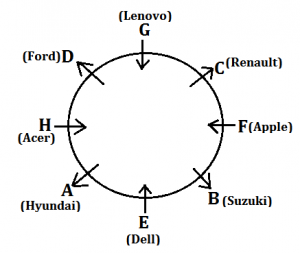
S1. Ans.(a)
S2. Ans.(c)
S3. Ans.(b)
S4. Ans.(b)
S5. Ans.(c)
Direction (6-8): In the following questions, the symbols #, &, @, * , $, % and © are used with the following meanings as illustrated below. Study the following information and answer the given questions:
A@B- A is the child of B.
A©B- A is the parent of B
A%B- A is father-in-law of B
A&B- A is brother-in-law of B
A$B- A is brother of B
A*B- A is wife of B
A#B- A is sister-in-law of B
Q6. If the expression ‘P@Q©R*S, P&S, T%S’, is true, then how P is related to T?
(a) Father
(b) Daughter
(c) Son
(d) Son-in-law
(e) None of these
S6. Ans.(c)
Sol.

Q7. If the expression ‘G*H©L$K#M’ is true, then who among the following is daughter-in-law of G?
(a) H
(b) L
(c) K
(d) M
(e) Can’t be determined
S7. Ans.(d)
Sol.

Q8. If the expression ‘D$F*K©R©G@H’, then how G is related to K?
(a) Granddaughter
(b) Son
(c) Daughter-in-law
(d) Grandson
(e) Can’t be determined
S8. Ans.(e)
Sol.

Directions (9-10): Study the following information carefully and answer the questions given below.
There are seven members in a family. In this family two married couples and three generations. C is aunt of K. N is grandfather of O. L has two sons. R is mother of O. P is not married to L. O is niece of K. P is a married male. C is not sibling of L.
Q9. Who among the following is nephew C?
(a) P
(b) O
(c) K
(d) Both (a) and (c)
(e) None of these
S9. Ans.(d)
Sol.
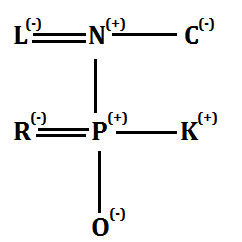
Q10. Who among the following is mother of P?
(a) R
(b) K
(c) L
(d) C
(e) None of these
S10. Ans.(c)
Sol.

Q11.Statement: Union Minister Suresh Prabhu said that the Indian Railways will reduce its dependence on conventional fuels such as diesel by further track electrification.
(I)Reducing dependence on conventional fuels is priority for environment conservation and targeting electrification of the railway tracks so that the use of diesel may get nominal.
(II)Emphasizing on the use of other forms of the renewable energy, it is important to switch to other renewable sources of energy like solar energy, wind energy. The Railway Minister said that the environment conservation can help in “boosting the economy”.
What could be the reason of the above statement?
(a)Both I and II
(b)Only I
(c)Either I or II
(d)Only II
(e)None of these
S11. Ans.(a)
Sol. In the above question we have to find the possible reason of Suresh Prabhu’s statement.
For I-This statement clearly indicates that to protect the environment the usage of conventional fuels should be reduce which could be the reason of reason of Prabhu’s statement.
For II-This statement is also signifying use of other forms of renewable sources for environment conservation which would further help to boost the economy. So, this could also be the possible reason.
Q12.Statement: India’s population could surpass that of China around 2024,is projected to touch 1.5 billion in 2030, according to a UN forecast.
(I)Two most populous countries, India and China, comprising 19 and 18 per cent of the total global population.
(II)India’s population may eventually see a decline in the half century after 2030 to 1.51 billion by 2100.
(III) The new estimates released said that in 2024, India and China are expected to have roughly a population of 1.44 billion each.
Which of the following negates the given statement?
(a)None of the above
(b)Only I and II
(c)Only II and III
(d)Only I
(e)Only III
S12. Ans.(a)
Sol. In the above question we have to find which statement does not nullify the given statement.
For I-This statement supports the given statement as India and China are most populous countries constitute maximum of the global population.
For II-This statement states that there may be reduction in population after 2030, it also does not nullify the statement.
For III-This also supports the given statement as it also describes that both India and China will have 1.4 billion populations each.
Directions (13- 15): In the following questions, the symbols @, &, %, $ and # are used with the following meaning as illustrated below:
‘P @ Q’ means ‘P is not smaller than Q’
‘P &Q’ means ‘P is neither greater than nor equal to Q’
‘P# Q’ means ‘P is neither greater than nor smaller than Q’
‘P $ Q’ means ‘P is not greater than Q’
‘P % Q’ means ‘P is neither smaller than nor equal to Q’.
Now in each of the following questions assuming the given statements to be true, find which of the three conclusions follow and give answer accordingly.
Q13. Statements: R @ V, V $ J, J &K
Conclusions: I. K % R II. J @ R III. K % V
(a) Only I is true
(b) Only II is true
(c) Only I and II are true
(d) Only III is true
(e) None of these
S13.Ans.(d)
Q14. Statements: D % H, H @ V, V $ W
Conclusions: I. H % W II. D % V III. D % W
(a) Only I is true
(b) Only II is true
(c) Only I and II are true
(d) All are true
(e) None of these
S14.Ans.(b)
Q15. Statements: M $ T, T& J, J #N
Conclusions: I. N % M II. J % M III. M $ N
(a) Only I is true
(b) Only II is true
(c) Only I and II are true
(d) All are true
(e) None of these
S15.Ans.(c)
If you are preparing for Bank exams, then you can also check out a video for Reasoning below:
You may also like to Read:

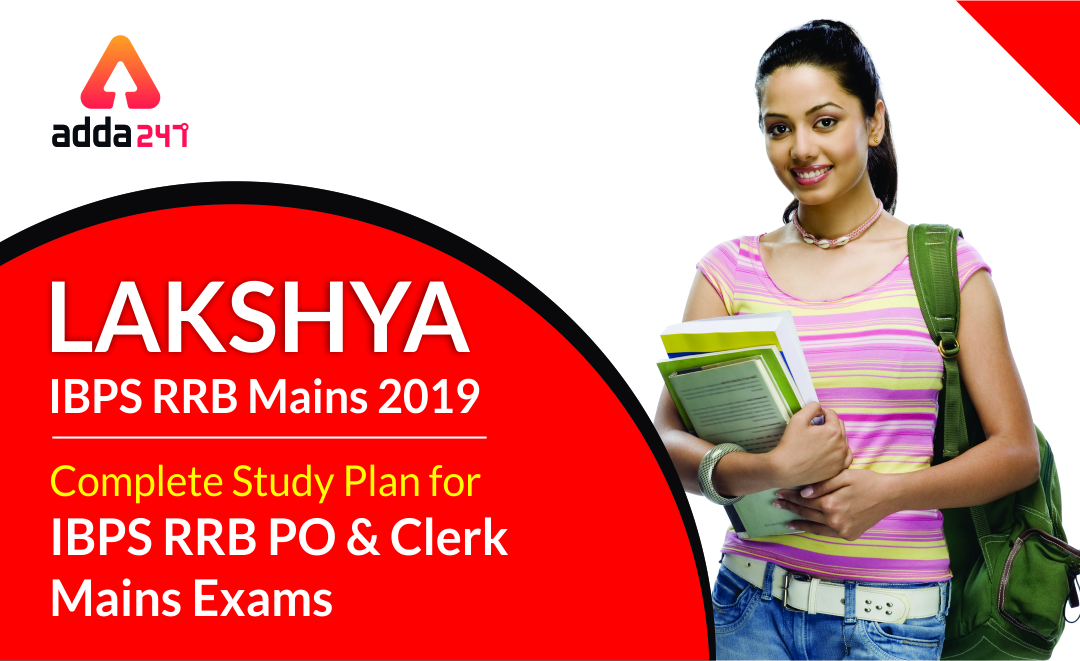
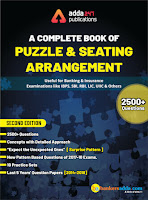


 GA Capsule for SBI Clerk Mains 2025, Dow...
GA Capsule for SBI Clerk Mains 2025, Dow...
 The Hindu Review October 2022: Download ...
The Hindu Review October 2022: Download ...
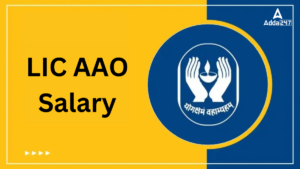 LIC AAO Salary 2025, Revised Structure, ...
LIC AAO Salary 2025, Revised Structure, ...





